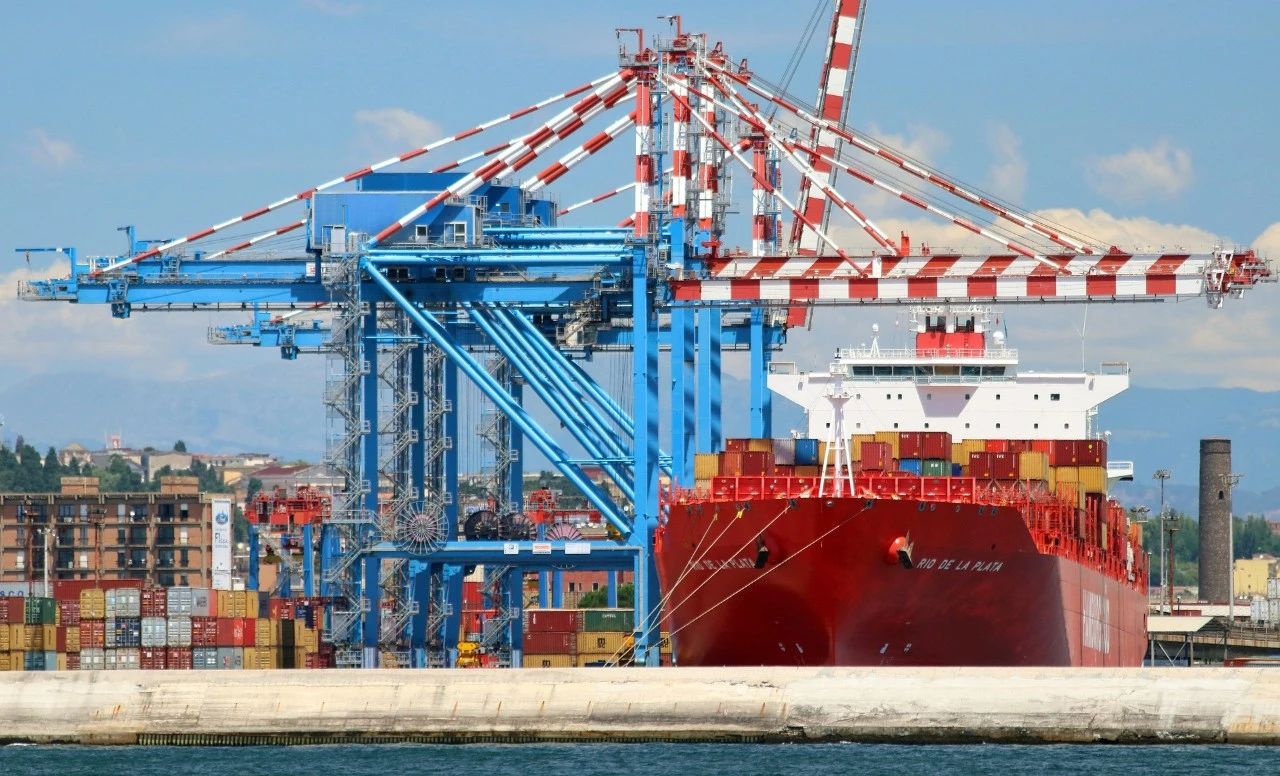What is the replacement order in international freight forwarding? What is the fee for an exchange order?
01. What is order exchange?
In international freight forwarding, what we call "exchange order" usually has two meanings.
One meanscommodity inspection, mainly for the export of legally inspected goods. When the source of goods is inconsistent with the export port, the Commodity Inspection Bureau will give a commodity inspection receipt, and the customs broker or agent at the port will take the replacement receipt to exchange for the customs clearance form, and then you can declare at the customs. Commodity inspection replacement fee is usually 50 yuan or 100 yuan per ticket.
another refers toImport exchange order, In exchange for Delivery order, usually the importer or its agent takes the bill of lading to the designated place to exchange for the delivery order (D/O). After getting the delivery order (D/O), it can formally clear the customs. Also take the D/O to mention it.
The fee charged for this is the so-called exchange fee. In other words, the order exchange fee is all the fees that need to be paid during the order exchange process. Different freight forwarders may have very different charging standards for exchange fees.

02. What are the fees for changing orders?
For different freight forwarders, the import exchange fee varies widely.
The statement of account issued by the import freight forwarder to the consignee usually includes:D/O fee, THC fee, data transmission fee, document fee, port miscellaneous fee, port security fee, unpacking fee, operation feewait. Some freight forwarders will give a detailed cost, while others will only give a total cost.
It is easy to understand the details of the expenses, and the total expense, as the consignee, generally does not know what the specific expenses are, and what is even more terrible is that it does not matter to give a total expense, and the name of the expense is called "replacement fee". At this time, the consignee will be "scared"-why is the replacement fee so high?
In fact, the total exchange fee includes the following fees:
1) D/O 220/ticket: exchange D/O (Delivery order) fee
2) CFS 130/CBM: Container Freight Station unpacking fee
3) PORT CHARGE 350/ticket: port miscellaneous charges
4) THC 20/CBM: Terminal Handling Charge terminal operation fee
5) EDI 50/ticket: EDI data transmission fee
6) ECRS 40/CBM: Emergency Cost Recovery Surcharge Emergency Cost Surcharge
7) H/C 300/ticket: Handling Charge operation fee
8) CHC 10/ticket: Container Handling Charge
9) PS 20/ticket: Port Security fee

knowledge extension
In the process of changing the order of the whole cabinet, the preparation materials should pay attention to:
(1) When telex releasing the bill of lading to pick up the goods, the official seal of the consignee must be stamped on the copy of the bill of lading.
(2) When picking up the goods with the original bill of lading, if the original bill of lading for the settlement of foreign exchange under the letter of credit has not arrived and the goods are to be picked up again, the bank's letter of guarantee must be used to replace the bill of lading, and the original bill of lading must be returned within the time limit stipulated in the bank's letter of guarantee.
(3) For bills of lading that have not been telexed and irregular bills of lading, contact the shipping company in time, and release the irregular bill of lading according to the written notice of the shipping company.
(4) If the shipping company has special requirements, it must be implemented in strict accordance with the requirements of the shipping company, and coordinate with the shipping company.




















